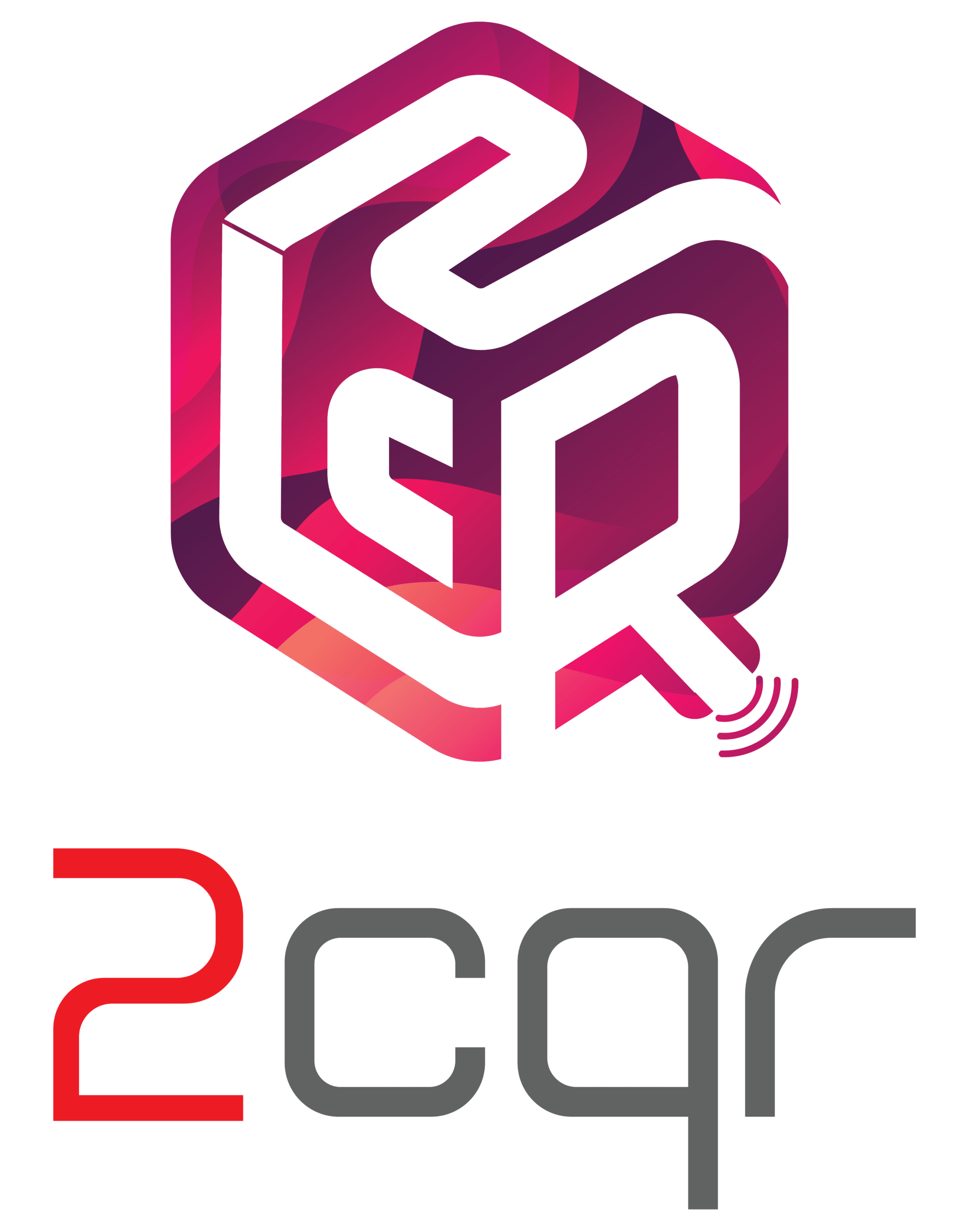In today's digital age, libraries are not just about lending books; they are evolving into dynamic hubs that offer a range of services to meet the needs of their communities. One of the most fascinating developments in modern libraries is the Library Book Recommendation System. But what exactly is a Library Book Recommendation System, and how does it work? Let's dive into the basics and explore the intricate details behind this innovative technology.
What is a Personalized Book Recommendation System in Library ?
Have you ever wandered through a library, unsure of what book to pick next? Or perhaps you've felt overwhelmed by the sheer number of options available, wishing for a helpful push in the right direction? This is where a Library Book Recommendation System comes into play. These systems are designed to guide readers towards books they are likely to enjoy, taking the guesswork out of choosing your next read. Let’s see what a Library Book Recommendation System is, how it works, and the technology behind it.

How Does a Personalized Book Recommendation System Work ?
The functioning of a Library Book Recommendation System can be divided into several steps :
1. Data Collection :
The first step involves collecting data about the library users. This data can include :
Borrowing History : Records of books that a patron has previously borrowed.
User Profiles : Information provided by the user, such as favourite genres, authors, or specific interests.
Reading Preferences : Data on the user's reading habits, like preferred formats (e-books, audiobooks, etc.) and reading frequency.
2. Data Analysis :
Once the data is collected, it is analyzed to identify patterns and trends. This analysis helps in understanding the user's preferences and behaviour. Techniques such as :
-
Collaborative Filtering :
This method compares the user's reading history with that of other users who have similar tastes. If two users have a high overlap in their reading lists, books read by one user but not by the other can be recommended.
-
Content-Based Filtering :
This method recommends books based on the characteristics of the books the user has previously borrowed. For example, if a user likes mystery novels, the system will recommend more books from the mystery genre.
-
Association Rule Learning :
This method involves discovering interesting relations between different items in large datasets. For example, if users who borrow Book A often also borrow Book B, the system can recommend Book B to users who have borrowed Book A.
-
Hybrid Methods :
Hybrid methods combine multiple recommendation techniques to improve the accuracy of suggestions. For example, a system might use both collaborative filtering and content-based filtering to provide better recommendations than either method alone.
-
Deep Learning :
Deep learning techniques, particularly neural networks, can be used to model complex relationships between users and books. These models can learn to capture intricate patterns and provide highly personalized recommendations.
-
Clustering :
Clustering methods group users or books into clusters based on their similarities. Recommendations are then made by suggesting items that are popular within the user's cluster. This helps in finding recommendations for users with unique or less common preferences.
-
Popularity-Based Filtering :
This simple method recommends books that are currently popular among all users. While not personalized, it can be effective in suggesting trending or widely acclaimed books that many users might enjoy.
-
Context-Aware Recommendations :
These methods consider the context in which a user is looking for recommendations, such as time of day, location, or current events. For example, recommending holiday-themed books during the festive season,etc.
3. Recommendation Generation :
Using the insights gained from data analysis, the system generates a list of book recommendations tailored to the individual user's preferences. These recommendations can be:
Automated Suggestions : Based on algorithms that continuously learn and adapt to the user's changing tastes.
Librarian-Enhanced Suggestions : Where librarians review and refine the automated recommendations to add a personal touch and expertise.
4. User Feedback :
The system also incorporates feedback from users to improve future recommendations. Users can rate the books they borrow or provide direct feedback, which the system uses to fine-tune its algorithms and make better suggestions.
5. Access Through Various Platforms :
Library Book Recommendation Systems are accessible through multiple platforms, making it convenient for users to receive and explore recommendations. These platforms include:
Mobile Apps : Many libraries offer mobile applications that provide personalized book recommendations, allow users to browse the catalog, reserve books, and even download e-books directly to their devices.
Library Websites : Users can access recommendations through the library's website or Library OPAC where they can log in to their accounts, view personalized suggestions, and manage their borrowing history.
Email Newsletters : Some libraries send personalized book recommendations via email newsletters, keeping users informed about new arrivals and suggested reads based on their interests.
The Technology Behind It :
The technology driving Library Book Recommendation Systems includes a mix of advanced algorithms, machine learning, and artificial intelligence (AI).
1. Machine Learning Algorithms :
Machine learning algorithms are essential for analyzing large datasets and identifying patterns. These algorithms can be supervised, where the system learns from labelled data, or unsupervised, where it identifies hidden patterns in unlabeled data.
2. Natural Language Processing (NLP) :
NLP techniques help the system understand and process the textual information in books and user reviews. This is crucial for content-based filtering, where the system needs to comprehend the themes, genres, and other characteristics of books.
3. Data Mining :
Data mining involves extracting useful information from large datasets. In the context of library recommendation systems, data mining techniques help take insights from the borrowing history and user profiles to make accurate recommendations.
4. Big Data Technologies :
Handling and processing large volumes of data is a significant challenge. Big data technologies like Hadoop and Spark are used to manage and analyze this data efficiently, ensuring that the recommendation system operates smoothly.
Advantages of Personalized book recommendation systems in Library :
Implementing a Library Book Recommendation System brings numerous benefits to both libraries and their patrons :
1. Increased Engagement :
When users receive relevant book suggestions, they are more likely to borrow and read more books, leading to higher engagement with the library's resources.
2. Better User Experience :
Personalized recommendations make it easier for users to discover new books that match their interests, thereby making their overall library experience better.
3. Proper Resource Utilization :
Recommendation systems help libraries make better use of their collections by promoting lesser-known books that match users' preferences, ensuring a more balanced circulation of resources.
4. Support for Librarians :
These systems can assist librarians by automating the recommendation process, allowing them to focus on other important tasks such as organizing events and providing personalized assistance to users.
5. Adaptability :
As user preferences evolve, the system adapts and updates its recommendations, ensuring that the suggestions remain relevant and up-to-date.
Conclusion :
The Library Book Recommendation System is a powerful tool that uses advanced technology to improve the user experience, increase engagement, and make efficient use of library resources. By understanding the basics of how these systems work and the technology behind them, we can appreciate the significant impact they have on modern libraries. As libraries continue to serve their patrons, these systems will play an increasingly important role in helping patrons discover and enjoy the wealth of knowledge that libraries have to offer.
